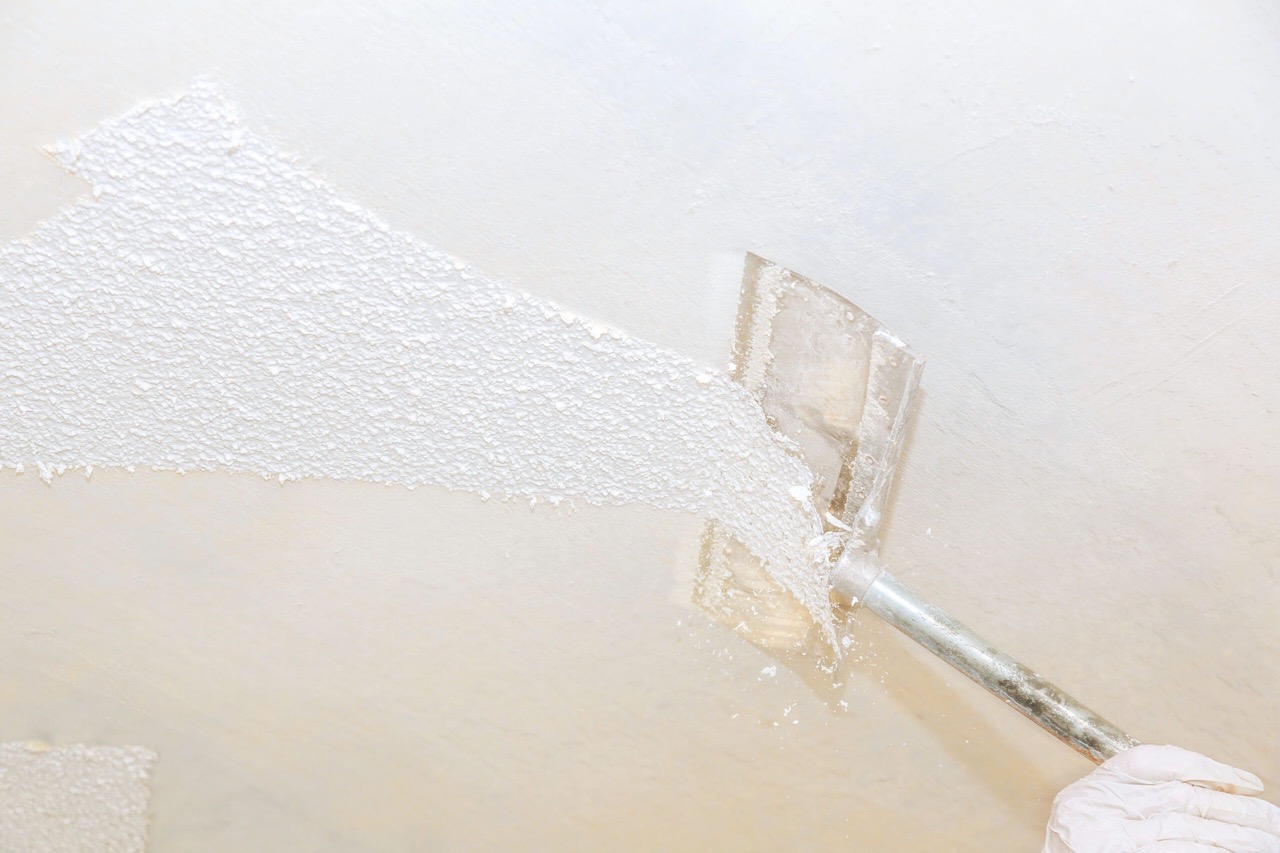

Articles
How To Remove Painted Textured Ceiling
Modified: January 21, 2024
Learn how to remove painted textured ceiling in this informative article. Get step-by-step instructions and expert tips to make the process easier.
(Many of the links in this article redirect to a specific reviewed product. Your purchase of these products through affiliate links helps to generate commission for Storables.com, at no extra cost. Learn more)
Introduction
Painted textured ceilings can be a beautiful addition to any home, but there may come a time when you want to remove the paint and give your ceiling a fresh look. Whether you’re looking to change the color, repair damage, or simply update the style, removing painted textured ceilings can be a challenging task. However, with the right tools, materials, and techniques, it is possible to achieve a smooth and polished surface.
In this article, we will guide you through the step-by-step process of removing painted textured ceilings, ensuring that you have all the necessary supplies and take proper safety precautions. We will provide tips on preparing the room, testing for lead paint, and setting up safety measures. We will also cover the steps involved in removing loose or peeling paint, applying a paint stripper or solution, scraping off the paint, sanding the surface, and repairing any damage or imperfections.
Once the paint has been removed and the surface is smooth and ready, we will provide guidance on cleaning up the area and preparing it for a fresh coat of paint or a new finishing treatment. Finally, we will conclude with some key takeaways to keep in mind throughout the process.
So, if you’re ready to transform your painted textured ceiling, let’s get started with the necessary supplies you’ll need to gather before beginning the project.
Key Takeaways:
- Transform your space by removing painted textured ceilings with the right tools, safety measures, and step-by-step guidance. Enjoy a smooth and polished surface for a fresh look.
- Prioritize safety, prepare the room, and follow each step carefully to successfully remove painted textured ceilings and achieve a renewed ambiance in your space.
Read more: How To Remove A Textured Ceiling
Gathering the necessary supplies
Before you begin removing painted textured ceilings, it’s important to ensure that you have all the necessary supplies on hand. Having the right tools and materials will not only make the process easier but also ensure your safety throughout the project. Here are some essential supplies you’ll need:
- Dust mask: A high-quality dust mask will protect you from inhaling dust, debris, and any potential chemicals used in the process.
- Goggles: Safety goggles will shield your eyes from any loose particles, paint chips, or splatters.
- Gloves: Wear durable gloves to protect your hands from any potentially harmful substances or sharp tools.
- Drywall knife or scraper: This tool will be used to remove loose or peeling paint from the surface.
- Putty knife: A putty knife is handy for scraping off larger sections of paint, especially on textured surfaces.
- Sanding block or sandpaper: You’ll need sanding tools to smooth out the surface after the paint has been removed.
- Paint stripper or solution: Depending on the type of paint used, you may need a paint stripper or a solution specifically designed for textured surfaces.
- Plastic sheeting: Use heavy-duty plastic sheeting to cover the floor and protect it from paint chips or debris.
- Duct tape: Secure the plastic sheeting in place with duct tape to ensure it doesn’t shift during the process.
- Drop cloths: Place drop cloths over any furniture or items that couldn’t be removed from the room.
- Ladder or scaffold: Depending on the height of the ceiling, you’ll need a stable and secure ladder or scaffold to reach the surface.
- Clean rags or towels: Keep clean rags or towels nearby to wipe away any excess paint or solution.
- Bucket or container: Use a bucket or container to mix the paint stripper or solution as instructed.
- Spreader or brush: A spreader or brush will help you evenly apply the paint stripper or solution to the textured surface.
Make sure to gather all these supplies before starting the project to ensure a smooth and uninterrupted process. Remember, safety should be your top priority, so don’t forget to wear appropriate protective gear when working with potentially hazardous substances.
With the necessary supplies at hand, it’s time to prepare the room for the paint removal process. Let’s move on to the next step: preparing the room for work.
Preparing the room for work
Before you can start removing the painted textured ceiling, it’s important to properly prepare the room to make the process more efficient and minimize the mess. Here are the steps to follow when preparing the room:
- Clear the room: Remove any furniture, decor, or other belongings from the room. This will give you ample space to work and prevent any items from getting damaged or obstructing your movement.
- Cover the floor and walls: To protect your floor and walls from potential damage or paint splatters, cover them with heavy-duty plastic sheeting. Secure the plastic sheeting in place using duct tape to ensure it doesn’t move during the paint removal process.
- Turn off electricity: As a safety precaution, turn off the electricity to the room at the circuit breaker. This will prevent any accidents or electrical hazards while you work on the ceiling.
- Remove light fixtures or cover them: If there are any light fixtures or ceiling fans hanging from the ceiling, carefully remove them and set them aside in a safe place. If removal is not possible, cover them securely with plastic or cloth to protect them from paint or debris.
- Protect switches and outlets: Use painter’s tape to cover switches, outlets, and any other electrical components on the walls or ceiling. This will prevent paint or solution from getting into them.
- Ventilate the room: Open windows and use fans to ensure proper ventilation while working. This will help in dispersing fumes from any chemicals used during the process and create a more comfortable working environment.
By following these steps, you’ll create a clean and organized workspace that will make the paint removal process more manageable. With the room prepared, the next crucial step is to test for lead paint, especially if your home was built before 1978.
In the next section, we will guide you on how to perform a lead paint test and discuss the necessary safety measures to take. Let’s move forward to testing for lead paint.
Testing for lead paint
Before you proceed with removing the painted textured ceiling, it’s crucial to test for the presence of lead paint, especially if your home was constructed before 1978. Lead paint can pose serious health risks, especially when it is disturbed or removed improperly. Follow these steps to test for lead paint:
- Prepare the testing kit: Purchase a lead paint testing kit from a local hardware store or online. These kits usually contain a solution and testing swabs.
- Wear protective gear: Put on gloves and a dust mask before you begin the testing process.
- Choose test areas: Select several inconspicuous areas on the ceiling to test for lead paint. Ideally, choose areas that are already damaged or have flaking paint.
- Prepare the surface: Use a clean sponge or cloth to wet the area you want to test. This will help the testing solution adhere to the surface.
- Perform the test: Following the instructions provided with the testing kit, apply a small amount of the testing solution to the swab and rub it on the wet surface. Wait for a color change or reaction, as indicated in the kit’s instructions.
- Interpret the results: Compare the color change or reaction with the reference guide provided in the testing kit. This will determine if lead is present in the paint.
If the test results indicate the presence of lead paint, it’s important to take extra precautions during the removal process. Consult with a professional or follow the guidelines provided by your local health and safety authority for safe lead paint removal.
On the other hand, if the test results are negative for lead paint, you can proceed with the paint removal process with standard safety measures. In the next section, we will discuss the safety measures you should take when working on painted textured ceilings. Let’s move on to setting up safety measures.
Setting up safety measures
When removing painted textured ceilings, it’s crucial to prioritize safety to protect yourself from potential hazards. Here are some important safety measures to keep in mind:
- Wear protective gear: Before you begin the paint removal process, make sure to wear proper protective gear. This includes a dust mask to prevent inhalation of dust or fumes, goggles to protect your eyes from debris, and gloves to shield your hands.
- Ventilate the area: Proper ventilation is important to ensure good air circulation while working. Open windows and use fans to keep the room well-ventilated and help disperse any fumes or dust.
- Protective clothing: Wear long-sleeved shirts, long pants, and closed-toe shoes to protect your skin and body from any potential contact with chemicals or debris.
- Work in sections: Instead of trying to remove all the paint at once, work in small sections. This will make the process more manageable and help prevent overwhelming fumes or fatigue.
- Proper disposal: Dispose of paint chips, debris, and any waste materials in sealed bags or containers. Check your local regulations for proper disposal methods, as some areas may have specific guidelines for hazardous materials.
- Secure the area: Keep the door leading to the room closed to prevent dust or fumes from spreading to other parts of the house. This will also help maintain a safe and controlled work environment.
- First aid kit: Keep a first aid kit nearby in case of any accidents or injuries. It should include basic supplies like bandages, antiseptic solution, and adhesive tape.
- Emergency plan: Familiarize yourself with the location of fire exits and have a clear emergency plan in case of any unforeseen incidents.
- Take breaks: Removing painted textured ceilings can be physically demanding. Take regular breaks to rest, hydrate, and give yourself time to recharge.
By implementing these safety measures, you can ensure a safer working environment and reduce the risk of accidents or injuries. Remember, it’s always better to prioritize safety throughout the process.
With the necessary safety measures in place, the next step is to remove furniture and belongings from the room. We will cover this in the next section. Let’s move forward to removing furniture and belongings.
Read more: How To Remove Texture From A Ceiling
Removing furniture and belongings from the room
Before you start removing painted textured ceilings, it’s essential to remove all furniture and belongings from the room. This will not only give you more space to work but also protect your items from potential damage or paint splatters. Here’s a step-by-step guide on how to remove furniture and belongings:
- Plan ahead: Assess the size and weight of the furniture and make a plan for removing it from the room. Consider enlisting the help of a friend or family member if needed.
- Empty smaller items: Clear out smaller items such as decor, lamps, or electronics from shelves or tables. Place them in a safe area away from the room you are working in.
- Protect fragile items: For delicate or breakable items, wrap them in protective materials such as bubble wrap or blankets. This will prevent any accidental damage during the removal process.
- Disassemble large furniture: If possible, disassemble larger furniture pieces like beds, tables, or bookshelves. This will make them easier to carry and maneuver out of the room.
- Clear pathways: Ensure there is a clear and unobstructed pathway from the room to the exit. Remove any rugs or obstacles that may hinder the furniture removal process.
- Use proper lifting techniques: When lifting and carrying heavy furniture, remember to use proper lifting techniques. Bend your knees, keep your back straight, and lift with your legs to prevent injury.
- Protect the furniture: Cover furniture pieces with plastic wrap or blankets to protect them from dust or paint splatters during the paint removal process. Alternatively, move the furniture to a different room if possible.
Once you have removed all furniture and belongings from the room, you will have a clear workspace to focus on removing the painted textured ceiling. This will also ensure that your items are safe from any potential damage or debris.
In the next section, we will guide you on how to cover the floor and walls to protect them during the paint removal process. Let’s move forward to covering the floor and walls.
Covering the floor and walls
When removing painted textured ceilings, it’s important to take measures to protect the floor and walls from any potential damage or paint splatters. Covering them effectively will make the cleanup process easier and prevent unwanted mess. Here’s a step-by-step guide on how to cover the floor and walls:
- Clear the area: Remove any furniture, rugs, or objects from the room to create a clear working space.
- Clean the floor and walls: Sweep or vacuum the floor to remove any dust or debris. Wipe down the walls with a damp cloth to ensure they are clean before covering them.
- Use drop cloths or plastic sheeting: Lay drop cloths or heavy-duty plastic sheeting on the floor to protect it from paint chips or debris. Ensure the entire floor area is covered, extending it beyond the perimeter of the ceiling to catch any falling materials.
- Secure the drop cloths or plastic sheeting: Use painter’s tape to secure the edges of the drop cloths or plastic sheeting to the baseboards or floor trim. This will keep them in place and prevent them from shifting during the paint removal process.
- Protect the walls: To protect the walls, cover them with plastic sheeting or painter’s plastic. Use painter’s tape to secure the plastic sheeting along the edges of the walls or trim.
- Secure electrical outlets and switches: Use painter’s tape to cover and protect electrical outlets and switches on the walls. This will prevent any accidental paint or solution contact.
- Seal off doors and windows: If possible, seal off any doors or windows in the room to minimize dust and fumes spreading to other areas of the house.
By taking the time to properly cover the floor and walls, you will protect them from any potential damage or paint splatters during the paint removal process. This will make the cleanup process much easier and ensure a clean and tidy workspace.
Next, we will dive into the process of removing any loose or peeling paint from the textured ceiling. Let’s move on to the next section: removing loose or peeling paint.
Removing any loose or peeling paint
Before you can proceed with removing the painted textured ceiling, it’s important to address any loose or peeling paint. Removing this loose or flaking paint will ensure a smooth surface for the next steps of the process. Here’s a step-by-step guide on how to remove loose or peeling paint:
- Inspect the ceiling: Carefully examine the textured ceiling for any areas where the paint is loose, flaking, or peeling. Look for areas where the paint may have separated from the surface.
- Use a scraper or drywall knife: Gently scrape off the loose or peeling paint using a scraper or drywall knife. Start at the edges of the affected area and work your way towards the center, being careful not to apply excessive pressure that may damage the underlying surface.
- Dispose of the paint chips: Collect the removed paint chips in a sealed bag or container and dispose of them following the appropriate regulations for hazardous waste in your area.
- Inspect for remaining loose paint: After scraping off the loose paint, inspect the ceiling again to identify any remaining areas of loose or peeling paint. Repeat the scraping process until all loose or flaking paint has been removed.
- Smooth the surface: Use a sanding block or sandpaper to gently smooth the surface where the paint was removed. This will help create an even texture and prepare it for the next steps of the process.
- Wipe down the surface: Before proceeding to the next steps, use a clean cloth or rag to wipe down the textured ceiling surface, removing any dust or debris generated during the scraping and sanding process.
By removing any loose or peeling paint, you are ensuring a stable foundation for the rest of the paint removal process. Following these steps will help create a smooth and even surface, allowing for better adhesion of paint stripper or solution in the next steps.
Next, we will guide you through the process of applying a paint stripper or solution to further remove the remaining paint on the textured ceiling. Let’s move forward to applying a paint stripper or solution.
Use a spray bottle filled with warm water and a few drops of dish soap to wet the textured ceiling. Let it sit for a few minutes, then scrape off the paint with a putty knife. Repeat as needed.
Applying a paint stripper or solution
Once you have removed any loose or peeling paint from the textured ceiling, it’s time to apply a paint stripper or solution to further remove the remaining paint. This step will help soften and break down the paint, making it easier to scrape off. Here’s a step-by-step guide on how to apply a paint stripper or solution:
- Select a suitable paint stripper or solution: Choose a paint stripper or solution specifically designed for textured surfaces. Read the instructions and safety precautions provided by the manufacturer.
- Prepare the area: Make sure the room is well-ventilated by opening windows and using fans. Put on your protective gear, such as gloves, goggles, and a dust mask, to ensure your safety.
- Mix the paint stripper or solution: Follow the manufacturer’s instructions to mix the paint stripper or solution in a bucket or container. Use the recommended ratio of stripper or solution to water, if applicable.
- Apply the paint stripper or solution: Using a spreader or brush, evenly apply the paint stripper or solution to the textured ceiling surface. Work in small sections to ensure even coverage.
- Allow the paint stripper or solution to penetrate: Follow the manufacturer’s instructions on how long to let the paint stripper or solution sit on the surface. This will allow it to soften and dissolve the remaining paint.
- Test a small area: After the recommended wait time, test a small area to see if the paint has softened and can be easily scraped off. If it hasn’t softened enough, let the paint stripper or solution sit for a bit longer.
- Scrape off the paint: Once the paint has softened, use a scraper or putty knife to gently scrape off the softened paint. Start at one edge of the section and work your way across in a steady motion. Be careful not to damage the textured surface.
- Clean the scraper or putty knife: Regularly clean the scraper or putty knife by wiping off any paint residue on a cloth or towel. This will prevent the paint from smearing or transferring to other areas.
- Repeat the process: Continue applying the paint stripper or solution and scraping off the paint in small sections until the entire textured ceiling has been treated.
By applying a paint stripper or solution, you are effectively breaking down and softening the remaining paint on the textured ceiling. This will make the scraping process easier and more efficient, getting you closer to achieving a clean surface for the next steps.
Next, we will move on to the process of scraping off the paint from the textured ceiling. Let’s proceed to scraping off the paint.
Read more: How To Texture A Ceiling
Scraping off the paint
Now that you have applied a paint stripper or solution to the textured ceiling, it’s time to scrape off the softened paint. This step will help remove the loosened paint layers, revealing a smoother surface underneath. Here’s a step-by-step guide on how to scrape off the paint:
- Get your tools ready: Prepare your scraper or putty knife, ensuring they are clean and free from any paint residue. This will help prevent any paint smearing or transfer to other areas.
- Work in sections: Divide the textured ceiling into manageable sections and focus on one area at a time. Start from one edge of the section and work your way across in a steady and controlled motion.
- Hold the scraper or putty knife at a slight angle: Hold the scraper or putty knife at a shallow angle, approximately 30 degrees. This will allow you to effectively scrape off the paint without damaging the texture underneath.
- Apply pressure and scrape: Apply gentle but firm pressure on the scraper or putty knife as you scrape along the surface. Use smooth and consistent strokes to remove the loosened paint, being careful not to gouge the underlying surface.
- Remove the scraped paint: Remove the scraped paint from the scraper or putty knife with a clean cloth or towel. This will prevent the paint from transferring back onto the textured ceiling.
- Continue scraping: Move along to the next section, applying the paint stripper or solution if necessary, and repeat the scraping process. Work systematically until you have scraped off all the paint from the textured ceiling.
- Inspect for any remaining paint: Once you have completed scraping off the paint, inspect the textured ceiling for any remaining paint patches. If necessary, repeat the paint stripper or solution application and scraping process in those areas.
- Wipe down the surface: After removing the paint, use a damp cloth or sponge to wipe down the textured ceiling surface. This will remove any residue or debris left behind from the scraping process.
- Allow the surface to dry: Give the textured ceiling sufficient time to dry completely before moving on to the next steps, such as sanding or repairing any imperfections.
By carefully scraping off the paint, you are removing the loosened layers and revealing a cleaner surface underneath. This will prepare the textured ceiling for the next steps in the paint removal process.
Next, we will cover the process of sanding the surface to achieve a smooth and even texture. Let’s move on to sanding the surface.
Sanding the surface
Now that you have removed the paint from the textured ceiling, it’s time to sand the surface to achieve a smooth and even texture. Sanding will help create a clean and polished look before proceeding with any repairs or finishing. Here’s a step-by-step guide on how to sand the surface:
- Prepare the area: Ensure that the room is well-ventilated by opening windows and using fans. Put on your protective gear, including a dust mask and goggles, to protect yourself from dust particles.
- Select the right sanding tool: Choose a sanding block or fine-grit sandpaper suitable for textured surfaces. It’s important to use a gentle sanding tool that won’t remove too much texture from the ceiling.
- Start with a small test area: Begin by sanding a small, inconspicuous area to gauge the level of sanding needed and to familiarize yourself with the process.
- Sand in circular motions: Using light to medium pressure, start sanding the textured ceiling in circular motions. Try to maintain a consistent pressure and avoid focusing on one area for too long to prevent over-sanding.
- Check your progress: As you sand, periodically stop and check your progress. Look for any remaining rough or uneven areas that may require further sanding.
- Remove dust and debris: Use a clean cloth or sponge to wipe away the dust and debris generated during the sanding process. Make sure the surface is clean before moving on to the next steps.
- Inspect for any imperfections: After sanding, inspect the textured ceiling for any imperfections, such as cracks, dents, or uneven areas. These will need to be addressed before proceeding with the next steps.
- Repair any damage or imperfections: If you notice any damage or imperfections, use a spackling compound or joint compound to fill in cracks or dents. Smooth out the repairs using a putty knife and allow the compound to dry according to the manufacturer’s instructions.
- Lightly sand repaired areas: Once the repairs have dried, lightly sand the repaired areas to achieve a seamless and even surface with the rest of the textured ceiling. Remove any dust or debris generated from sanding.
Sanding the surface of the textured ceiling will help create a smooth and even texture, providing a clean base for the next steps of the process. Remember to take breaks, ventilate the area, and wear your protective gear throughout the sanding process for your safety.
Next, we will cover the process of cleaning up the work area to ensure a tidy environment. Let’s move on to cleaning up the area.
Repairing any damage or imperfections
After sanding the textured ceiling, it’s important to address any visible damage or imperfections before proceeding with the next steps of the process. Repairing these areas will ensure a smooth and flawless surface for the final finishing touches. Here’s a step-by-step guide on how to repair any damage or imperfections:
- Inspect the textured ceiling: Carefully examine the surface for any cracks, dents, or other imperfections that may need to be repaired. Look for areas where the texture may have been damaged or areas that still feel uneven.
- Clean the area: Wipe away any dust or debris from the textured ceiling using a clean cloth or sponge. This will ensure the repair materials adhere properly.
- Prepare the repair compound: Depending on the type of damage or imperfections, choose an appropriate repair compound such as spackling compound or joint compound. Follow the manufacturer’s instructions to prepare the compound.
- Apply the repair compound: Use a putty knife to apply the repair compound to the damaged or uneven areas of the textured ceiling. Smooth out the compound to match the surrounding texture and allow it to dry according to the manufacturer’s instructions.
- Sand the repaired areas: Once the repair compound has dried, use a sanding block or fine-grit sandpaper to lightly sand the repaired areas. This will help achieve a seamless and even surface with the rest of the textured ceiling. Remove any dust or debris generated from sanding.
- Inspect the repairs: After sanding, inspect the repaired areas to ensure they blend in well with the rest of the textured ceiling. If necessary, repeat the repair and sanding process until you’re satisfied with the results.
- Wipe down the surface: Use a clean cloth or sponge to wipe down the entire textured ceiling surface, removing any dust or debris left behind from the repair and sanding process.
Repairing any damage or imperfections is essential to achieving a professional and polished look for your textured ceiling. Take your time during the repair process to ensure a seamless integration of the repaired areas with the rest of the surface.
With the textured ceiling now repaired and smooth, it’s time to move on to cleaning up the work area. Let’s proceed to the next section: cleaning up the area.
Cleaning up the area
After completing the necessary repairs and sanding of the textured ceiling, it’s important to clean up the work area to ensure a tidy and debris-free space. Cleaning up will not only leave your room looking neat, but it will also provide a clean canvas for the next steps of the process. Here’s a step-by-step guide on how to clean up the area:
- Remove plastic sheeting and drop cloths: Start by carefully removing the plastic sheeting or drop cloths that were placed to protect the floor and furniture. Fold them inward to contain any paint chips or debris.
- Dispose of paint chips and debris: Collect any paint chips or debris in a sturdy garbage bag, taking care not to allow loose particles to scatter. Dispose of the bag according to the regulations for hazardous waste in your area.
- Vacuum or sweep the floor: Use a vacuum or broom to thoroughly clean the floor area, ensuring all paint chips and dust are removed. Pay extra attention to corners and crevices where debris may have settled.
- Wipe down surfaces: Use a damp cloth or sponge to wipe down the walls, windowsills, and any other surfaces that may have collected dust or debris during the paint removal process.
- Inspect the room: Take a moment to inspect the entire room, ensuring that all areas are clean and free from any leftover paint chips or dust. If needed, perform any additional cleaning as necessary.
- Properly store tools and materials: Clean and store your tools and materials in a safe and organized manner. Properly dispose of any remaining paint stripper or solution, following the manufacturer’s instructions and local regulations.
- Dispose of protective gear: Safely dispose of any disposable protective gear, such as gloves and dust masks, in a garbage bag. If reusable, clean and store the gear for future use.
By cleaning up the area, you are creating a clean and clutter-free environment for the next steps, such as repainting or finishing the textured ceiling. Plus, the cleanliness of the room will provide a sense of accomplishment and satisfaction after a job well done.
Next, we will discuss the final steps of the process, which involve repainting or finishing the textured ceiling. Let’s move on to the next section: repainting or finishing the textured ceiling.
Read more: How To Swirl Texture A Ceiling
Repainting or finishing the textured ceiling
After removing the paint, repairing any imperfections, and cleaning up the area, it’s time to consider the final touches for your textured ceiling. Whether you choose to repaint or apply a different finishing treatment, this step will bring new life to your space. Here’s a step-by-step guide on how to repaint or finish the textured ceiling:
- Select your desired finish: Decide whether you want to repaint the textured ceiling with a new color or apply a different finishing treatment, such as a textured paint, glaze, or a decorative effect.
- Prepare the surface: If you’re repainting, ensure the surface is clean and free from any dust or debris. If necessary, lightly sand the surface to create a smooth and even texture.
- Priming (optional): Depending on the condition of the textured ceiling and the type of paint you’re using, you may need to apply a primer before painting. Follow the manufacturer’s instructions for the primer application.
- Paint application: If you’re repainting, use a roller or brush to apply the desired paint color evenly to the textured ceiling. Work in small, manageable sections to ensure even coverage.
- Allow the paint to dry: Follow the manufacturer’s instructions for drying time. It’s important to allow the paint to fully dry before moving or repositioning any furniture in the room.
- Inspect for touch-ups: Once the paint has dried, inspect the textured ceiling for any areas that may require touch-ups. Apply additional coats of paint as needed to achieve the desired color and coverage.
- Clean and store paint supplies: Thoroughly clean your paint tools and brushes according to the instructions provided by the paint manufacturer. Properly store them for future use or dispose of them in an environmentally friendly manner.
- Admire your newly finished textured ceiling: Step back and admire the final result of your repainted or finished textured ceiling. Enjoy the renewed look and feel of your space.
Repainting or finishing the textured ceiling allows for a fresh start and gives you the opportunity to transform the room’s ambiance. Choose colors and finishes that match your desired aesthetic and enhance the overall atmosphere of your space.
Congratulations on completing the process of removing painted textured ceilings and giving your space a new look! By following these steps and paying attention to detail, you have successfully achieved a smooth and polished textured ceiling.
Remember, proper maintenance and care of your textured ceiling will ensure its longevity and preserve its beauty for years to come.
Whether you’re repainting or applying a different finishing treatment, take pride in knowing that you have improved the visual appeal and ambiance of your room. Enjoy your newly transformed space!
Conclusion
Removing painted textured ceilings can be a challenging task, but with the right tools, materials, and techniques, it’s a task that can be accomplished with excellent results. Throughout this guide, we have walked you through each step of the process, from gathering the necessary supplies to repainting or finishing the textured ceiling.
Starting with proper preparation, including gathering the necessary supplies and setting up safety measures, you laid a solid foundation for a successful project. Testing for lead paint ensured your safety and allowed you to take appropriate precautions. Removing furniture and belongings, as well as covering the floors and walls, protected your items and saved you from unnecessary clean-up later.
You have learned how to remove loose or peeling paint, apply a paint stripper or solution, and effectively scrape off the paint from the textured ceiling. Sanding the surface and repairing any imperfections gave you a smooth and flawless foundation to work with. Finally, by cleaning up the area and applying a fresh coat of paint or choosing a different finishing treatment, you have completely transformed your textured ceiling.
Remember to always prioritize safety throughout the process, wearing protective gear and following safety guidelines. Take breaks when needed and ventilate the room to ensure a comfortable working environment.
By following these steps and infusing your own creativity and personal touch, you have successfully removed the painted textured ceiling and created a new and captivating space. Enjoy the renewed ambiance and take pride in your accomplishment!
Thank you for joining us on this journey to remove painted textured ceilings. We hope this guide has equipped you with the knowledge and confidence to tackle this project and achieve outstanding results!
Happy renovating!
Frequently Asked Questions about How To Remove Painted Textured Ceiling
Was this page helpful?
At Storables.com, we guarantee accurate and reliable information. Our content, validated by Expert Board Contributors, is crafted following stringent Editorial Policies. We're committed to providing you with well-researched, expert-backed insights for all your informational needs.
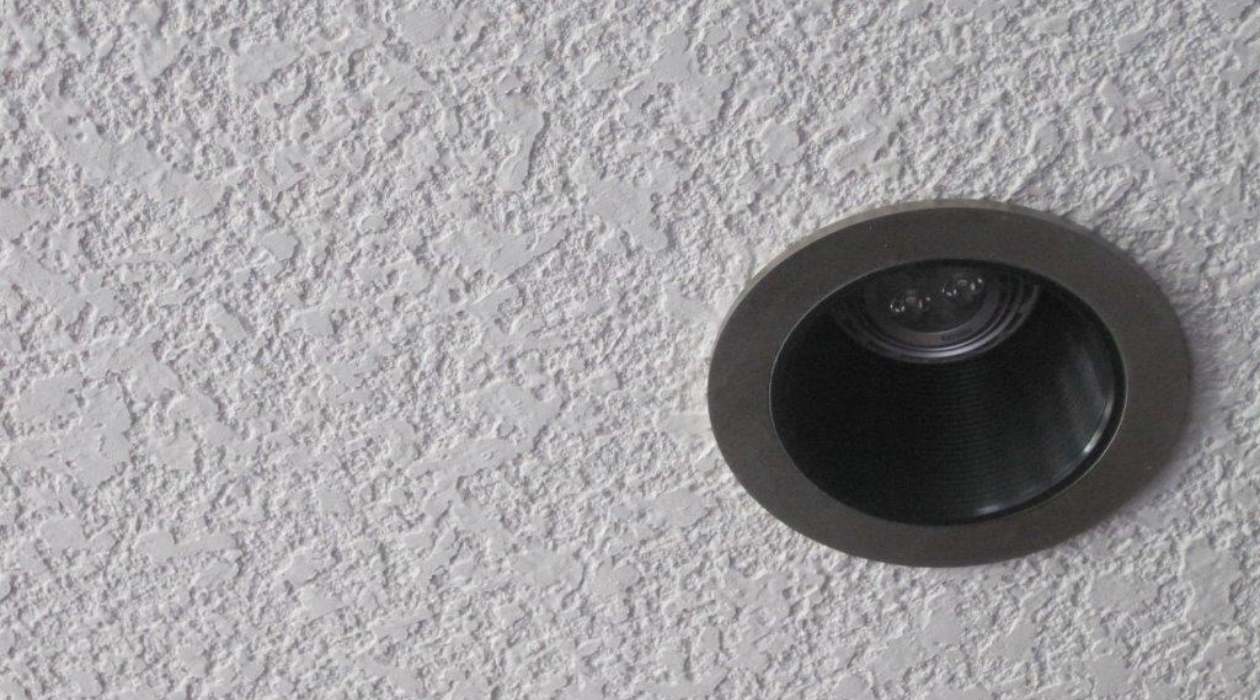
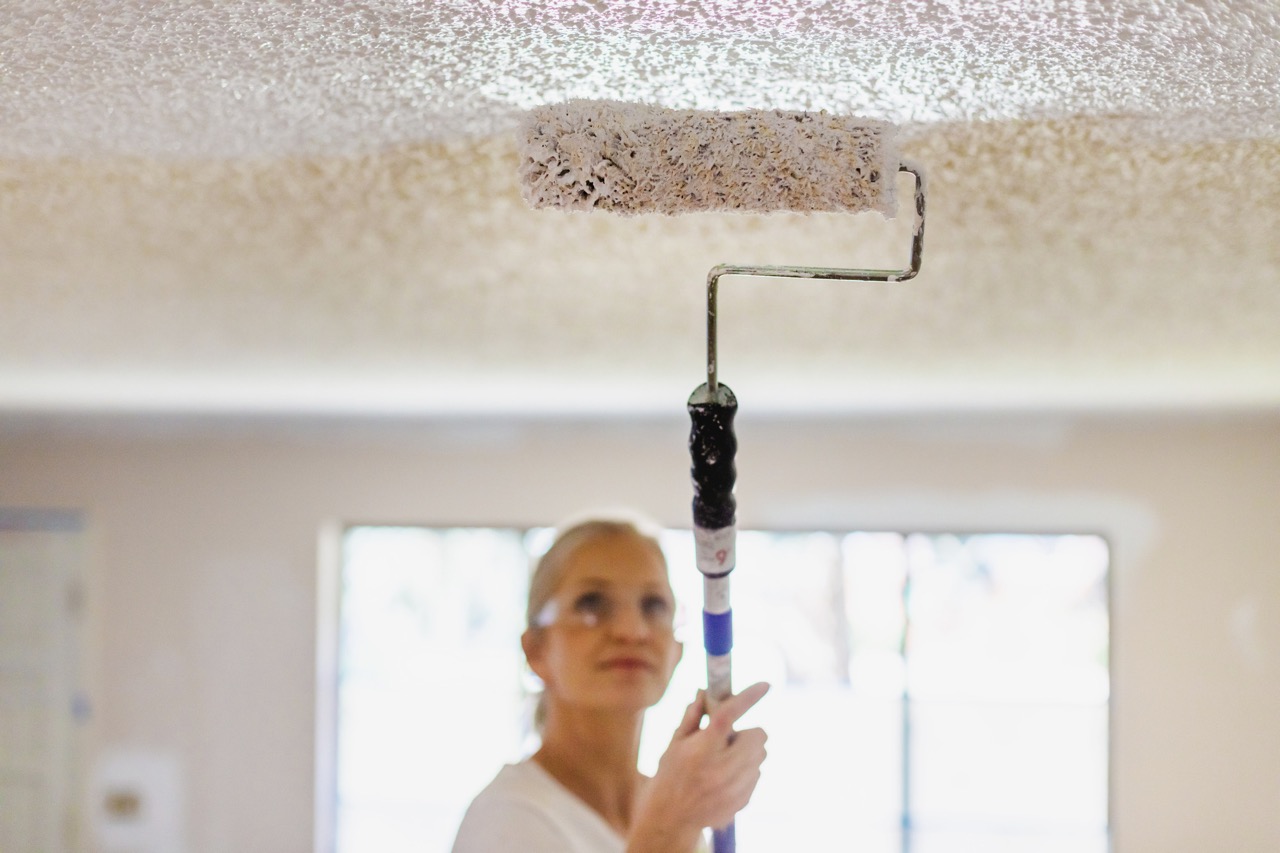
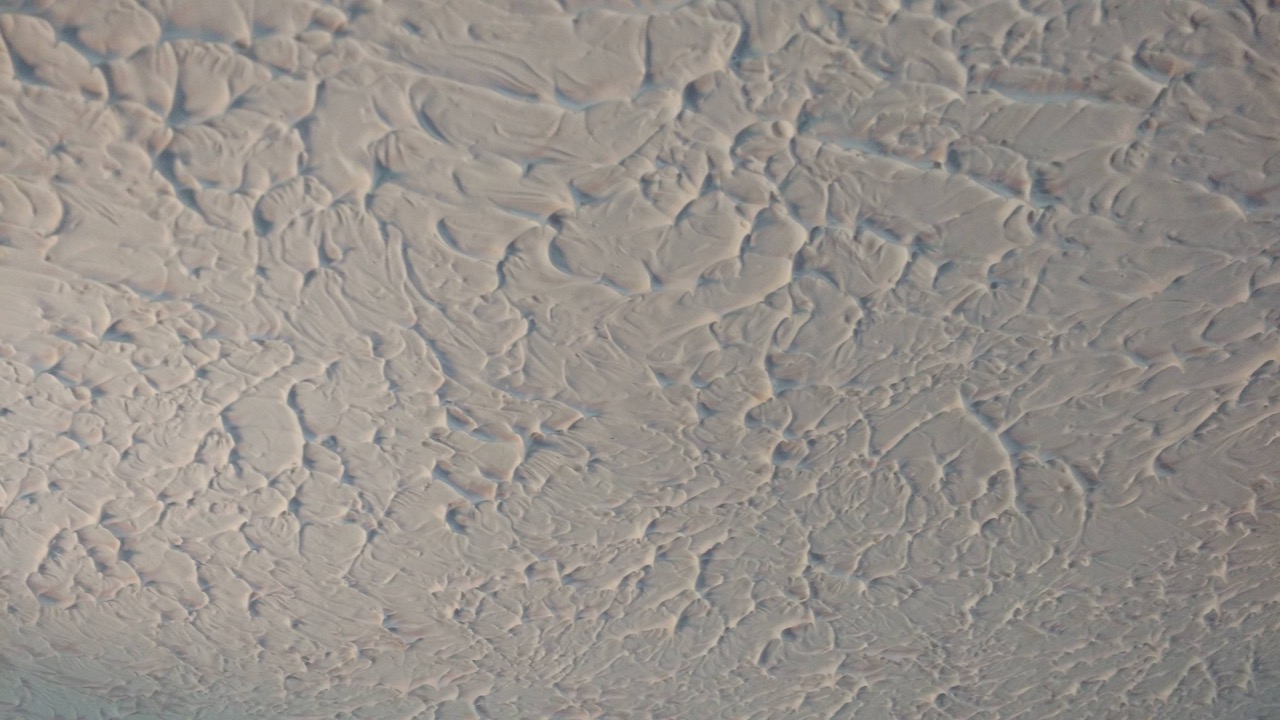
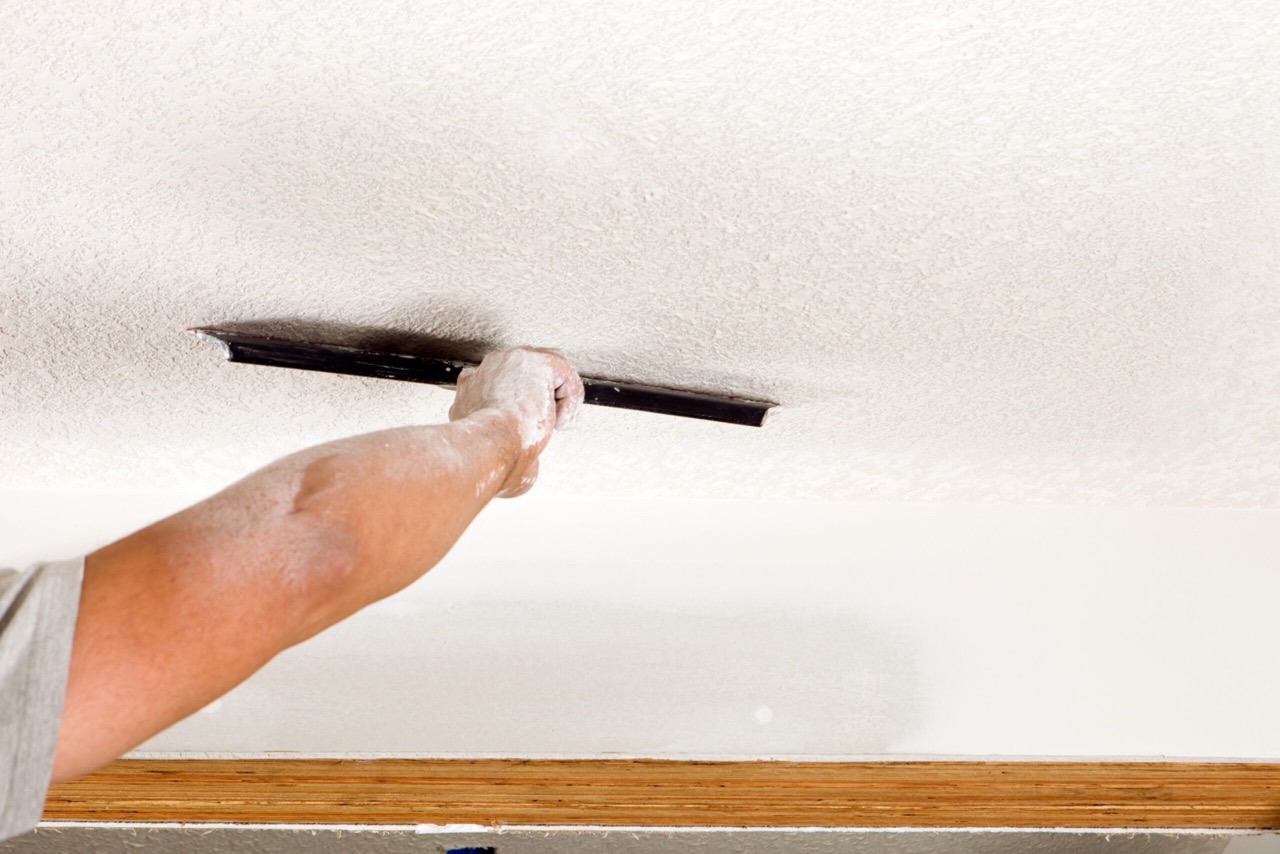
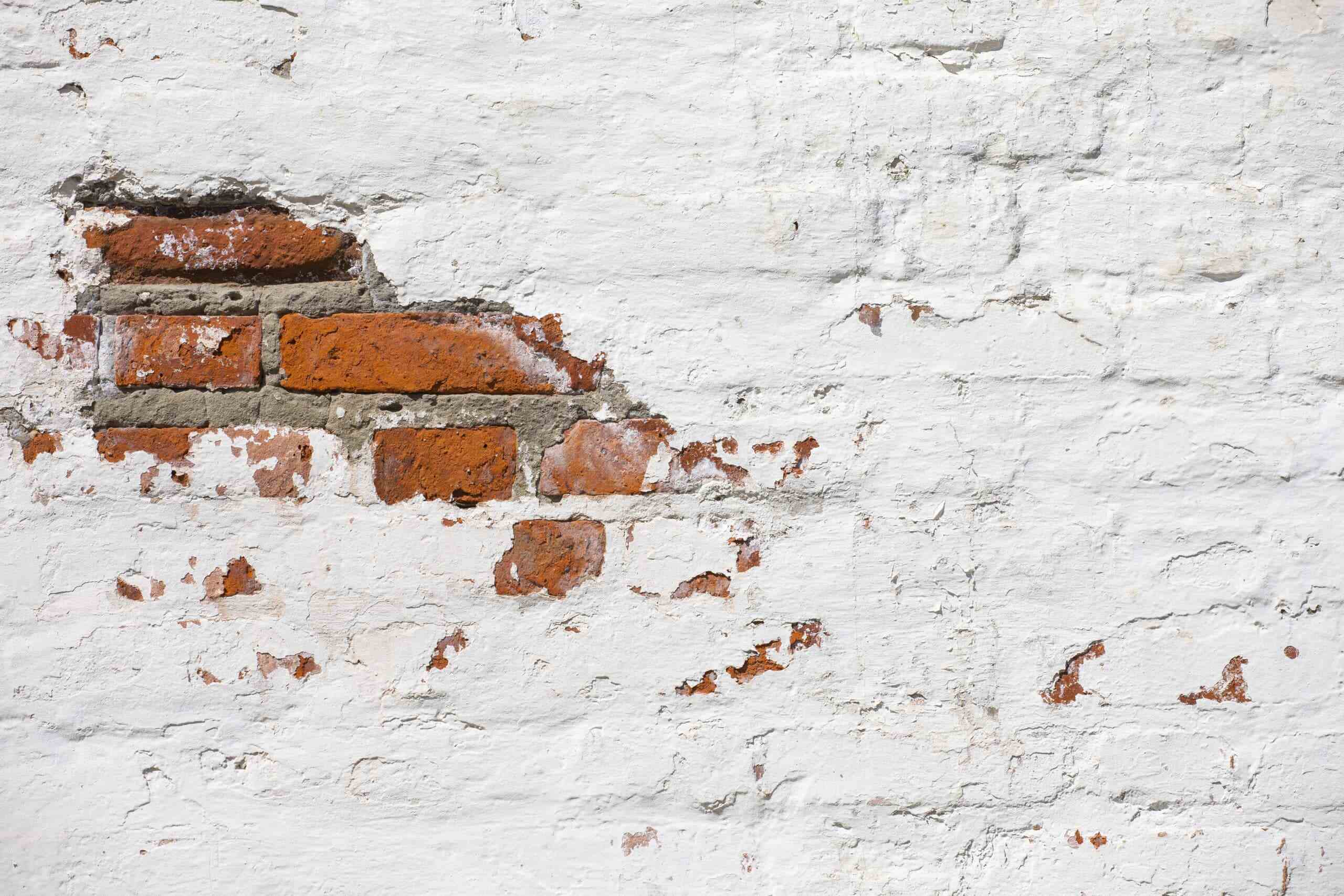
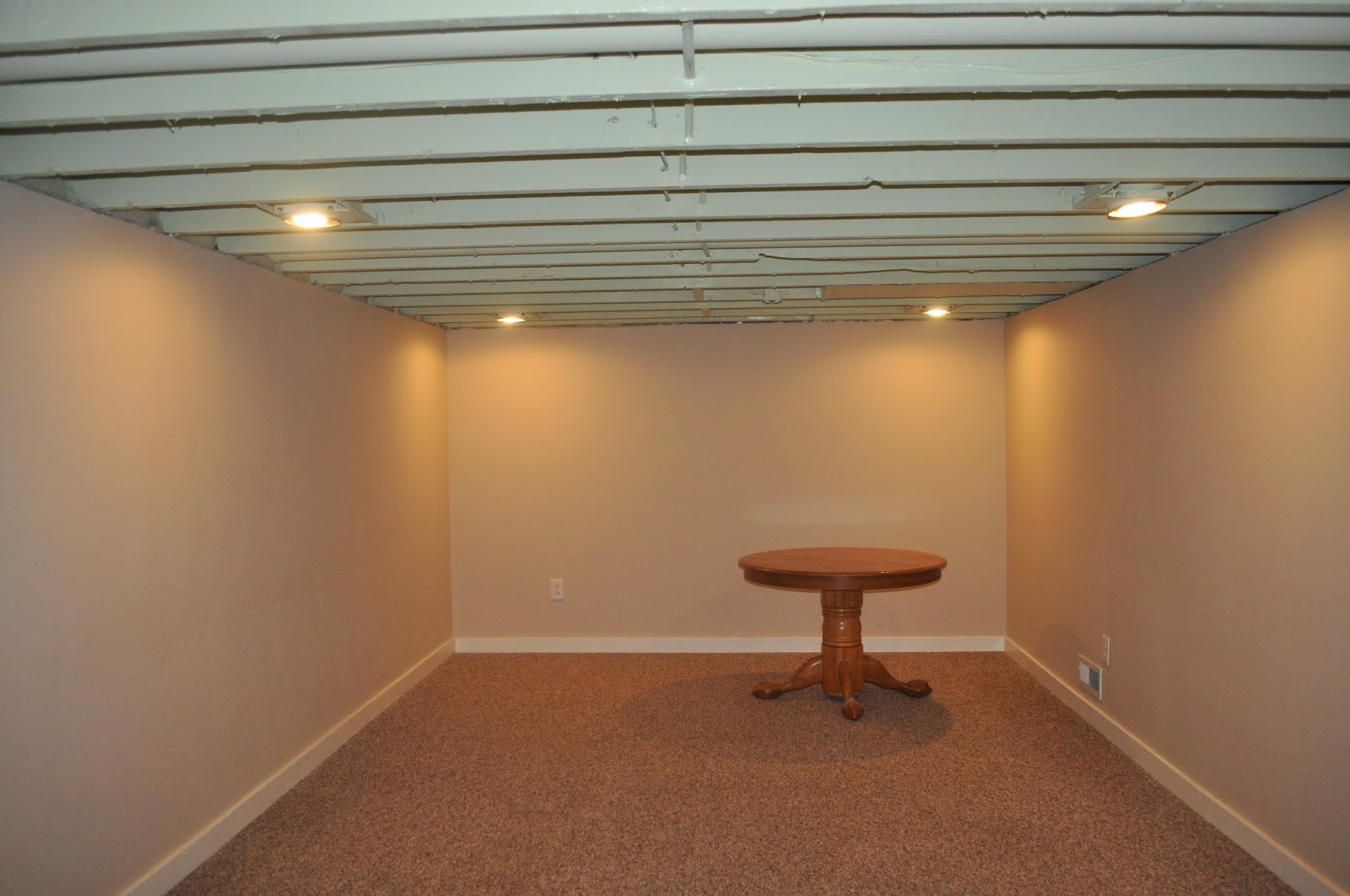
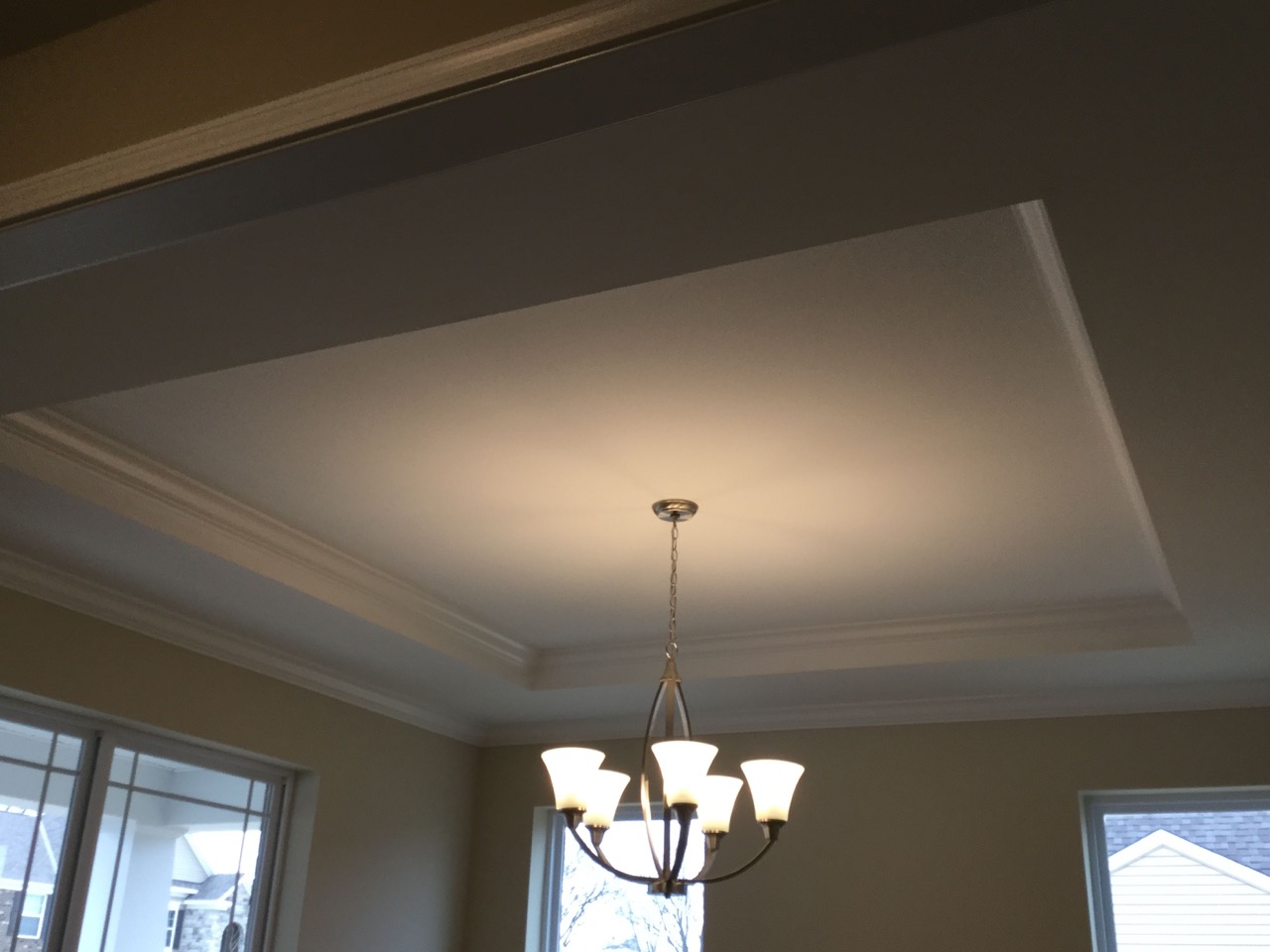
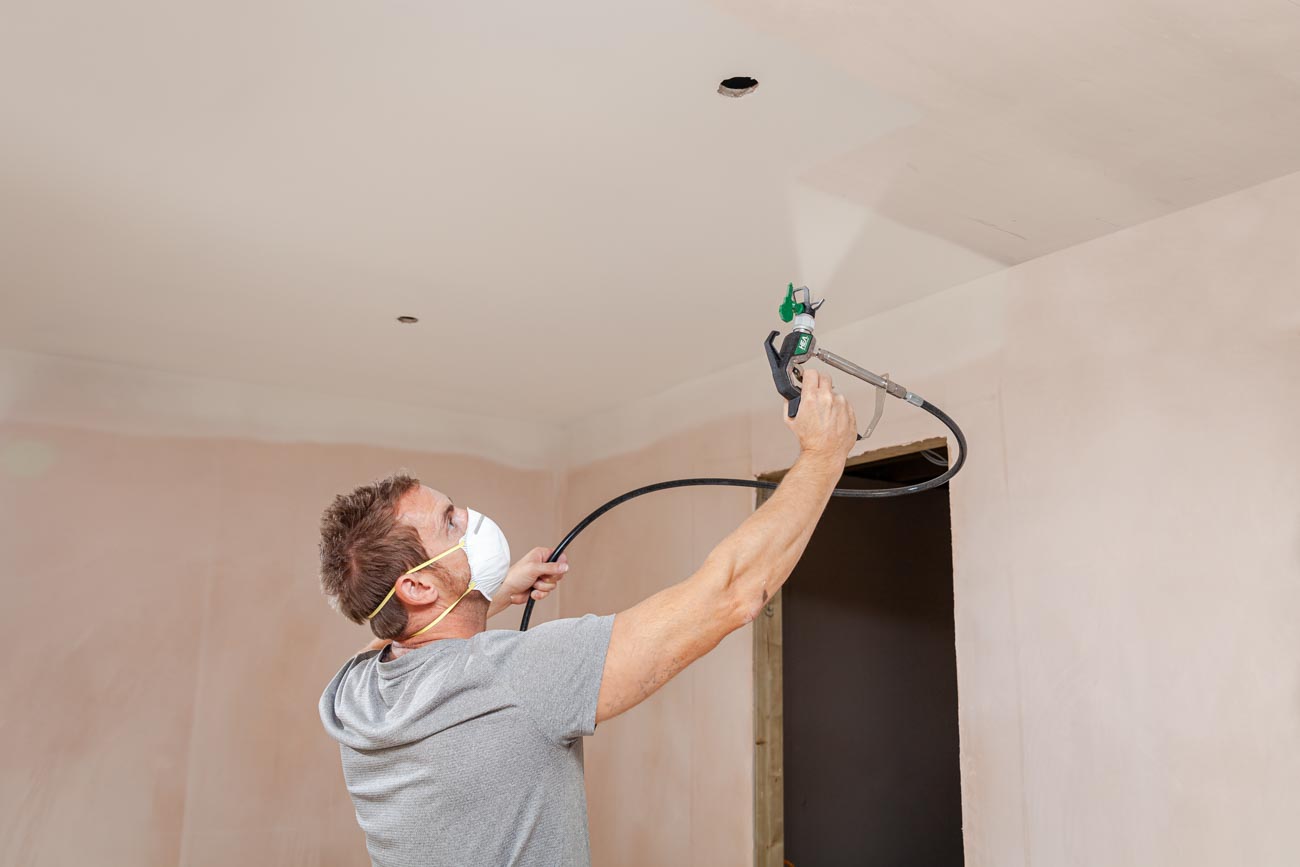
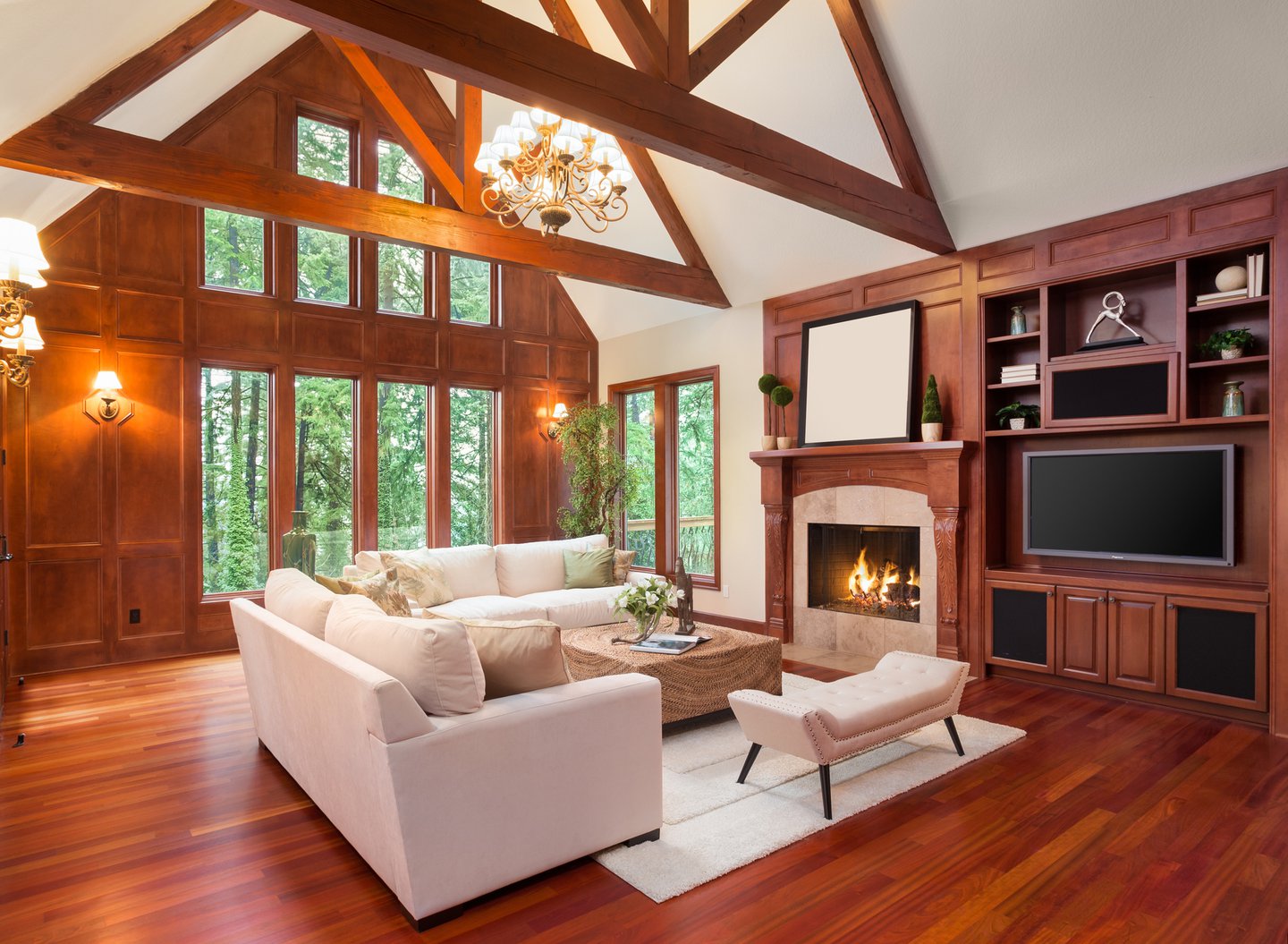
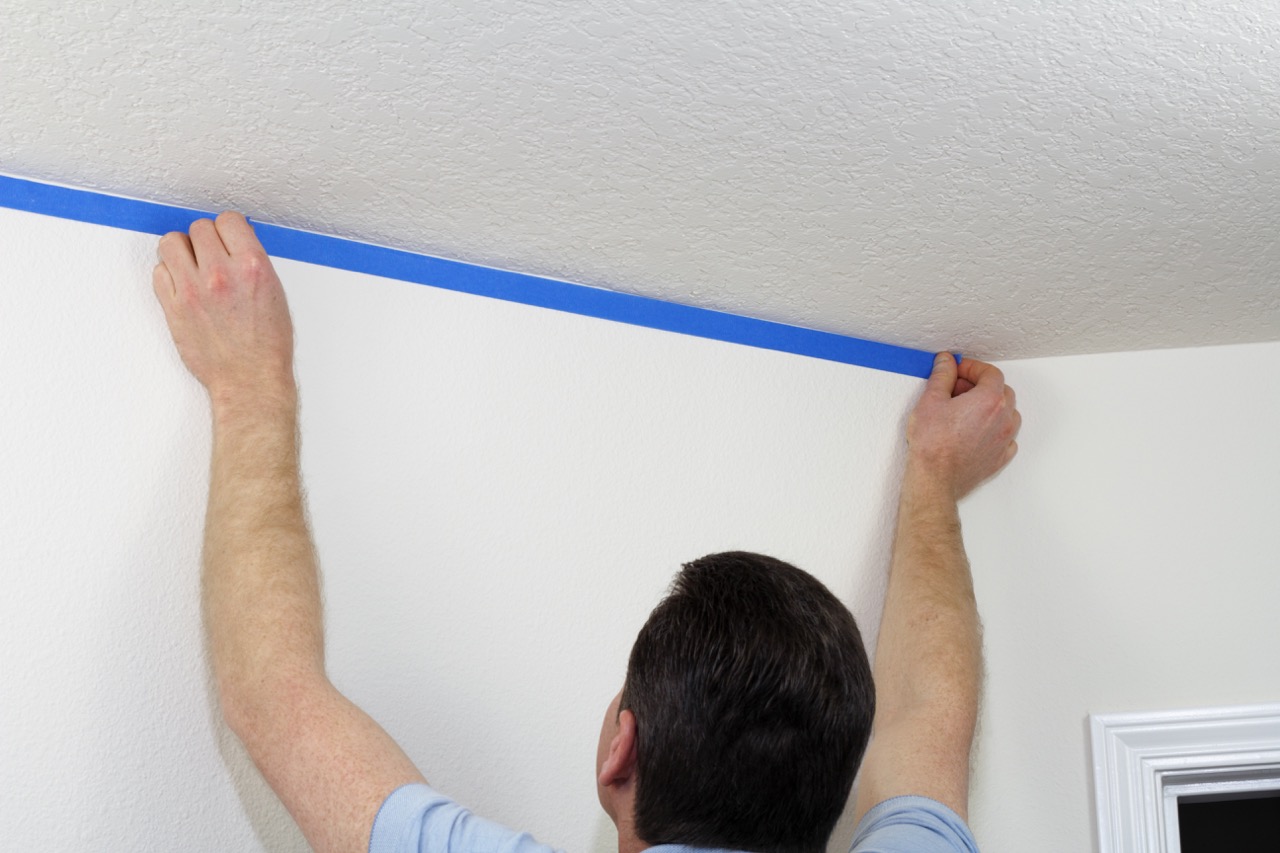

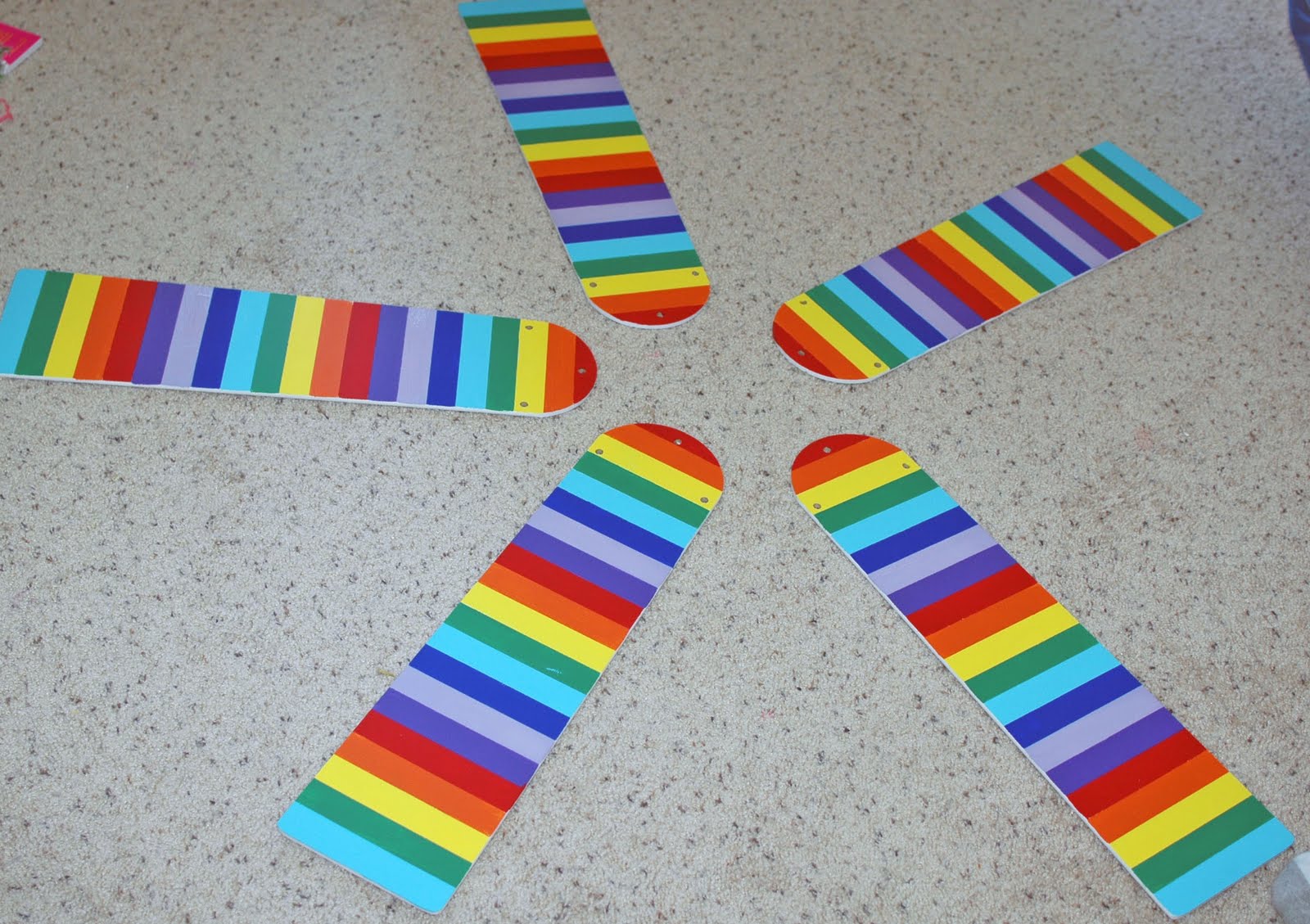

0 thoughts on “How To Remove Painted Textured Ceiling”